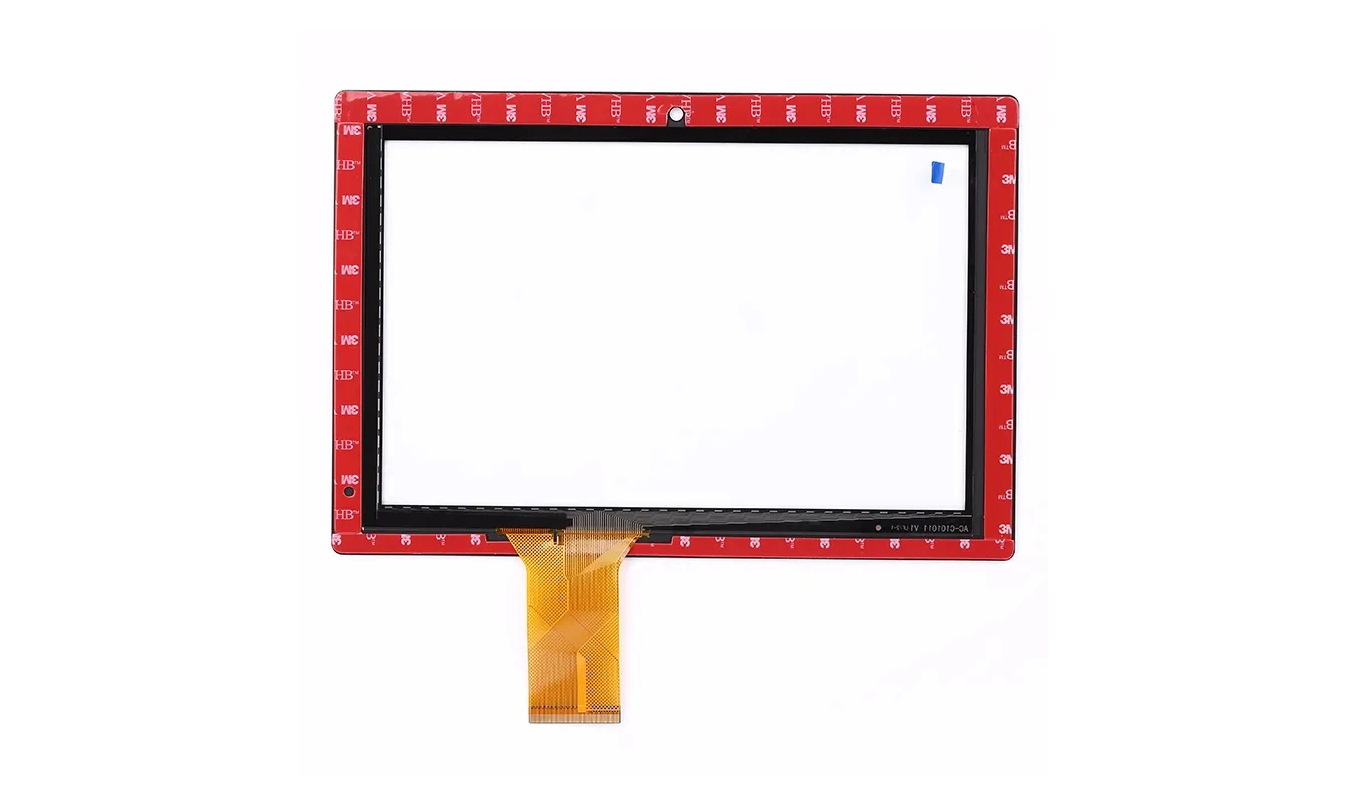Views: 241 Author: Kelai Electronics Publish Time: 2024-04-29 Origin: Site









In today's digital age, capacitive touch screens have become ubiquitous in various industries, from consumer electronics to industrial applications. Their intuitive interface and sleek design make them a preferred choice for interacting with electronic devices. However, integrating capacitive touch screens into a system requires careful consideration of several factors to ensure optimal performance, reliability, and user experience.
In this comprehensive guide, we'll delve into the key considerations when integrating capacitive touch screens into your system, covering everything from technology fundamentals to practical implementation strategies. By the end, you'll have a thorough understanding of what it takes to seamlessly incorporate capacitive touch screens into your products or applications.
Before diving into the integration process, it's essential to grasp the underlying technology behind capacitive touch screens. Unlike resistive touch screens that rely on pressure to register input, capacitive touch screens detect changes in electrical charge to sense touch. They consist of multiple layers, including a glass or plastic substrate coated with a transparent conductive material such as indium tin oxide (ITO).
When a finger or conductive object touches the screen, it disrupts the electrostatic field, causing a change in capacitance that is detected by sensors positioned around the screen's edges. This enables precise and responsive touch input, making capacitive touch screens ideal for applications requiring fast and accurate interaction.
●Application Requirements: The first step in integrating capacitive touch screens is defining your application requirements. Consider factors such as screen size, resolution, touch sensitivity, and environmental conditions. Understanding these requirements will help you select the appropriate touch screen technology and features to meet your needs.
●Touch Panel Design: The design of the touch panel plays a crucial role in determining the overall performance and user experience. Factors such as electrode pattern, spacing, and material selection impact touch sensitivity, accuracy, and signal-to-noise ratio. Collaborating with a reputable touch screen manufacturer can help you design a custom touch panel optimized for your specific application.
●Environmental Considerations: Capacitive touch screens are susceptible to environmental factors such as moisture, temperature, and electromagnetic interference (EMI). Ensure that your system's enclosure provides adequate protection against these elements to maintain touch screen functionality and reliability in diverse operating conditions.
●Integration with Hardware and Software: Integrating capacitive touch screens requires seamless coordination between hardware and software components. Ensure compatibility with your system's microcontroller or processor, and choose a touch controller that supports your desired interface protocols (e.g., I2C, SPI). Additionally, develop or leverage software drivers and user interface libraries to facilitate touch screen integration into your application software.
●Power Consumption and Efficiency: Capacitive touch screens consume power even when idle, primarily due to the continuous sensing of touch inputs. Implement power-saving techniques such as low-power modes, gesture detection, and dynamic backlight control to optimize power consumption without compromising user experience.
●Calibration and Testing: Proper calibration and testing are essential to ensure accurate touch detection and consistent performance across different touch points. Implement calibration algorithms to compensate for variations in touch sensitivity and environmental conditions. Conduct rigorous testing, including environmental stress testing and user acceptance testing, to validate touch screen functionality and reliability under real-world scenarios.
●Regulatory Compliance: Depending on your industry and target markets, your integrated system may need to comply with various regulatory standards and certifications, such as FCC (Federal Communications Commission), CE (Conformité Européenne), and RoHS (Restriction of Hazardous Substances). Ensure that your capacitive touch screen solution meets the necessary regulatory requirements to avoid compliance issues and market entry barriers.
Integrating capacitive touch screens into your system requires careful consideration of various technical, design, and regulatory factors. By understanding the fundamentals of capacitive touch screen technology and following best practices for integration, you can create products or applications that deliver exceptional user experiences and reliable performance across diverse operating environments.
Whether you're developing a consumer electronics device, an industrial control panel, or a medical device interface, prioritizing the considerations outlined in this guide will help you navigate the complexities of capacitive touch screen integration and unlock the full potential of your system. Invest time and resources in thorough planning, design optimization, and testing to ensure successful implementation and differentiation in the marketplace.
